Configuration aerodynamics primarily deals with the aerodynamics of wings in the presence of fuselage, nacelle, external stores, protuberances etc. It also encompasses airborne objects, flight vehicles and ground transportation that are unconventional and may result in the unsteady loads due to a variety of fluid dynamic interferences.
Research conducted in the wind tunnel and water tunnel has ranged from joined-wings, missiles, unconventional configurations, air-launched munitions, wings in ground effect, and interactions between bodies in close proximity and during store separation etc.
Although, to a large extent, research described in this section is “applied” type, the primary emphasis however always has been on the understanding of the underlying fluid dynamics of the flow.
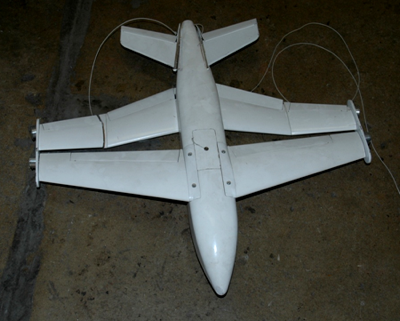
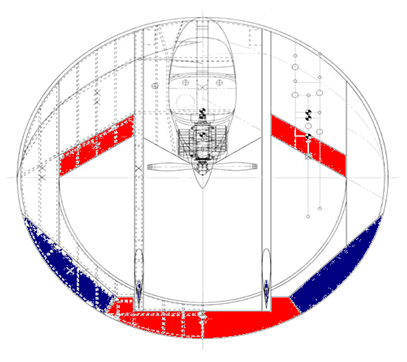
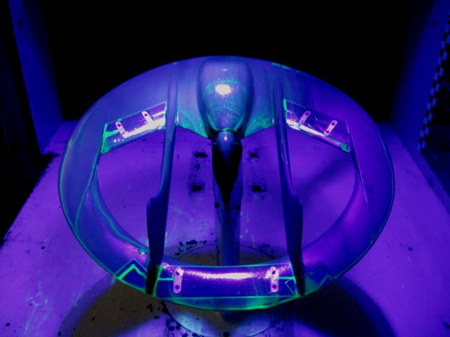
Unconventional Aerodynamic Configurations
Recktenwald, B, Crouse, G., and Ahmed, A., “Experimental Investigation of a Circular-Planform Concept Aircraft,” Journal of Aircraft, Vol. 47, No. 3, 2010, pp. 887 – 894
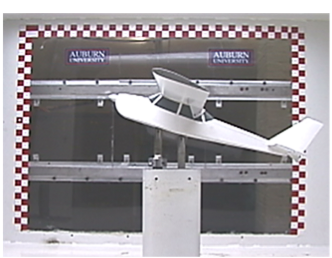
Formation Flight
A lead aircraft (not shown in the figure) was used to create a variety of formation flight configurations. Additional work is in progress with new load sensors.
Bangash, Z. A., Sanchez, R. P., Ahmed, A., Khan, M. J., “Aerodynamics of Formation Flight,” Journal of Aircraft, Vol. 43, No. 4, 2006, pp. 907-912
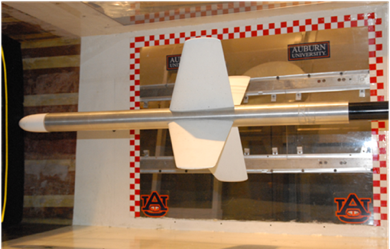
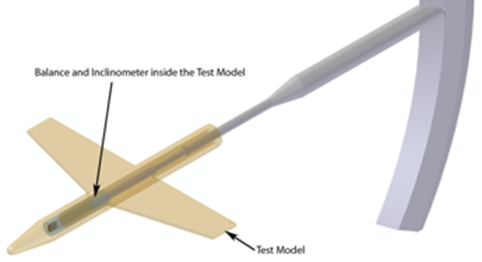
Missile Aerodynamics
In addition to the aerodynamic testing of missile models for various funding agencies, research has also focused on development of new measurement and calibration techniques. For example, during tests on a very slender missile, to account for the flexing of the model, an inclinometer was embedded in the model to provide real-time correction of the angle of attack.
